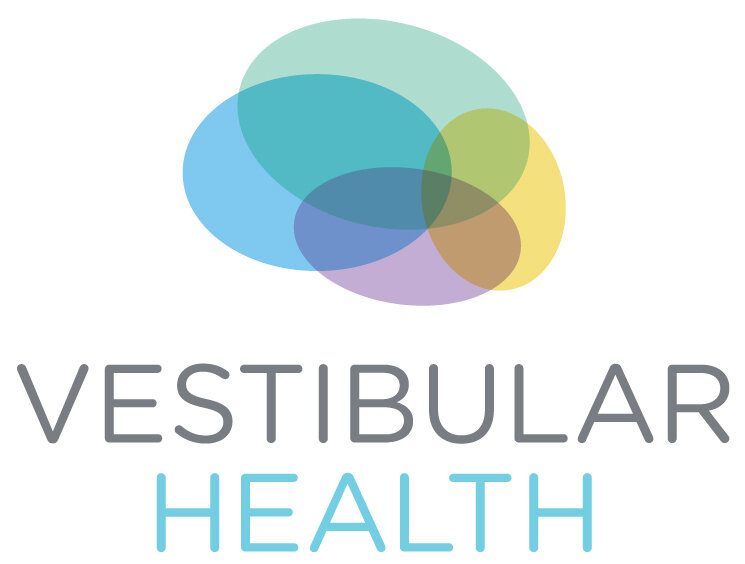Why we use infrared goggles to assess and treat vertigo
We use infrared goggles, or infrared video oculography, as part of our comprehensive vestibular physiotherapy assessments. These goggles are also known as video frenzel goggles. They allow us to observe your eyes closely and help our evaluation to be more effective.
If you are assessing my inner ear, why is it so important to see my eyes?
Vestibular problems can cause abnormal involuntary eye movements, called nystagmus.
Our vestibular system senses head movement, and helps keep our vision stable via the vestibulo-ocular reflex (VOR). This reflex produces eye movement in the opposite direction to head movement, which allows our gaze to stay steady while we are moving around. Because of this connection between the vestibular system and the eye movement (oculomotor) system, abnormal eye movements can occur if there is a problem.
Observing patterns of eye movements can help determine whether your problem is related to your inner ear (peripheral vestibular system) or could be related to your brain (central nervous system).
What are the advantages of using infrared goggles?
Using infrared goggles in vestibular rehabilitation helps with more efficient and accurate diagnosis.
They allow us to look for eye movements that would not be seen by only observing your eyes in normal room light. The ability to see light and focus your gaze (visual fixation) will minimize or suppress these types of eye movements. When you wear infrared goggles you are in darkness and can’t see anything - your visual fixation is removed. The infrared camera inside the goggles allows us to see your eyes through video images on a computer screen while we do specific tests. There are some clinical tests that can only be performed without visual fixation.
While assessment and treatment of Benign Paroxysmal Positional Vertigo (BPPV) is definitely possible without goggles, using infrared video oculography allows us to see eye movements that we might not otherwise see just by looking at your eyes in room light and is particularly helpful with complex cases. The pattern of nystagmus helps us correctly diagnose BPPV and identify which ear and which semicircular canal is causing the issue. Infrared goggles also allow us to monitor eye movements during BPPV treatment maneuvers to ensure that the maneuvers are being performed effectively.
The goggles allow us to record eye movements so we can review what we have observed and compare recordings over time to monitor changes. These videos also allow you to see what we have observed during the assessment, and can help you and your family better understand your condition and treatment.
Infrared goggles are only one part of a complete evaluation
While infrared goggles are a useful tool, they are no substitute for an experienced clinician! Video recordings of eye movements can provide very helpful additional information, but require the interpretation and judgement of a knowledgeable vestibular rehabilitation physiotherapist.
Our physiotherapists use information obtained from infrared goggles as part of the whole picture. The other aspects of the clinical examination are just as important to determine the correct diagnosis and create an effective treatment plan. Having a clinician ask you the right questions about your symptoms and understand the impact they have on your life is one of the most important aspects of a vestibular rehabilitation assessment!
Not sure if a vestibular physiotherapy assessment with infrared goggles could help you? Call us at 416.697.1002 to speak with one of our physiotherapists!


